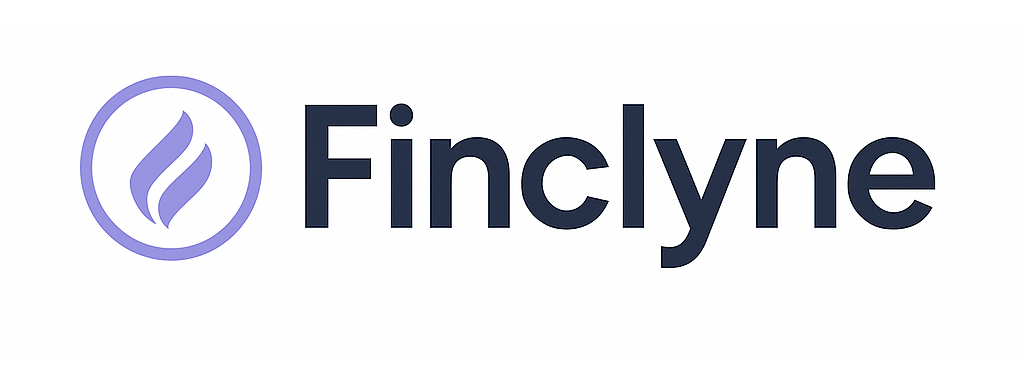Headline: Roundhill’s Staggered Payout ETFs Offer a Blueprint for Daily Cash Flow
In an investment landscape constantly evolving to meet new demands, the concept of generating a steady, reliable income stream is more appealing than ever. For a generation accustomed to the on-demand nature of the digital economy, waiting a full quarter or even a month for a dividend payout can feel antiquated. Tapping into this sentiment, asset manager Roundhill Investments has introduced a suite of Exchange-Traded Funds (ETFs) designed not just for yield, but for frequency. This innovative approach offers investors a practical blueprint for constructing a portfolio that can deliver cash flow on a weekly, or even near-daily, basis.
The strategy hinges on a series of distinct income-focused ETFs, each with its own unique payout schedule. By strategically combining these funds, an investor can create a staggered calendar of distributions, turning their investment portfolio into a source of regular, predictable cash. This model is particularly compelling in the current economic climate, where higher interest rates have made cash and short-term debt instruments highly attractive. Roundhill’s offerings allow investors to access these yields with the liquidity and transparency of an ETF, providing a modern alternative to traditional savings accounts or money market funds, which typically only credit interest monthly.
At the core of this blueprint are several key funds. For instance, the Roundhill Daily BIG Bank ETF (BIGB) and the Roundhill Daily BIG JETS ETF (JETS) are structured to provide daily distributions of income generated from their underlying holdings, which include bank stocks and airline equities, respectively. While these carry equity risk, they are part of a broader income ecosystem. More central to the stable cash flow strategy are funds like the Roundhill US Cash Plus ETF (XDXX), which invests in short-term U.S. government securities and pays out its income on Tuesdays. It can be paired with the Roundhill Short Term Treasury ETF (SHAV), which focuses on U.S. Treasuries with maturities between three and twelve months and distributes income on Wednesdays. An investor holding both funds would receive a payout two days in a row each week. By expanding this to include other funds with different payout cadences, one can architect a highly customized income stream. This design directly addresses the needs of individuals with irregular income, such as freelancers and gig economy workers, as well as young investors seeking the tangible reinforcement of frequent returns.
While the prospect of near-daily cash flow is enticing, it is crucial for investors to look beyond the payout schedule and understand the mechanics and risks. Each ETF comes with an expense ratioa management fee for operating the fundwhich directly reduces the net yield an investor receives. Furthermore, the source of the yield matters immensely. ETFs holding U.S. Treasury bills are considered very low-risk, as they are backed by the full faith and credit of the U.S. government. In contrast, funds holding corporate stocks or other assets introduce market risk, meaning the value of the principal investment can fluctuate. The frequent distributions also have tax implications that investors should consider, as these payouts are typically taxable events. Nevertheless, Roundhill’s innovation marks a significant shift in product design, moving the industry focus from simply *what* an investment earns to *how and when* that earning is delivered. As more investors prioritize liquidity and consistent cash flow, this staggered payout model could very well become a new standard in the world of income investing.





